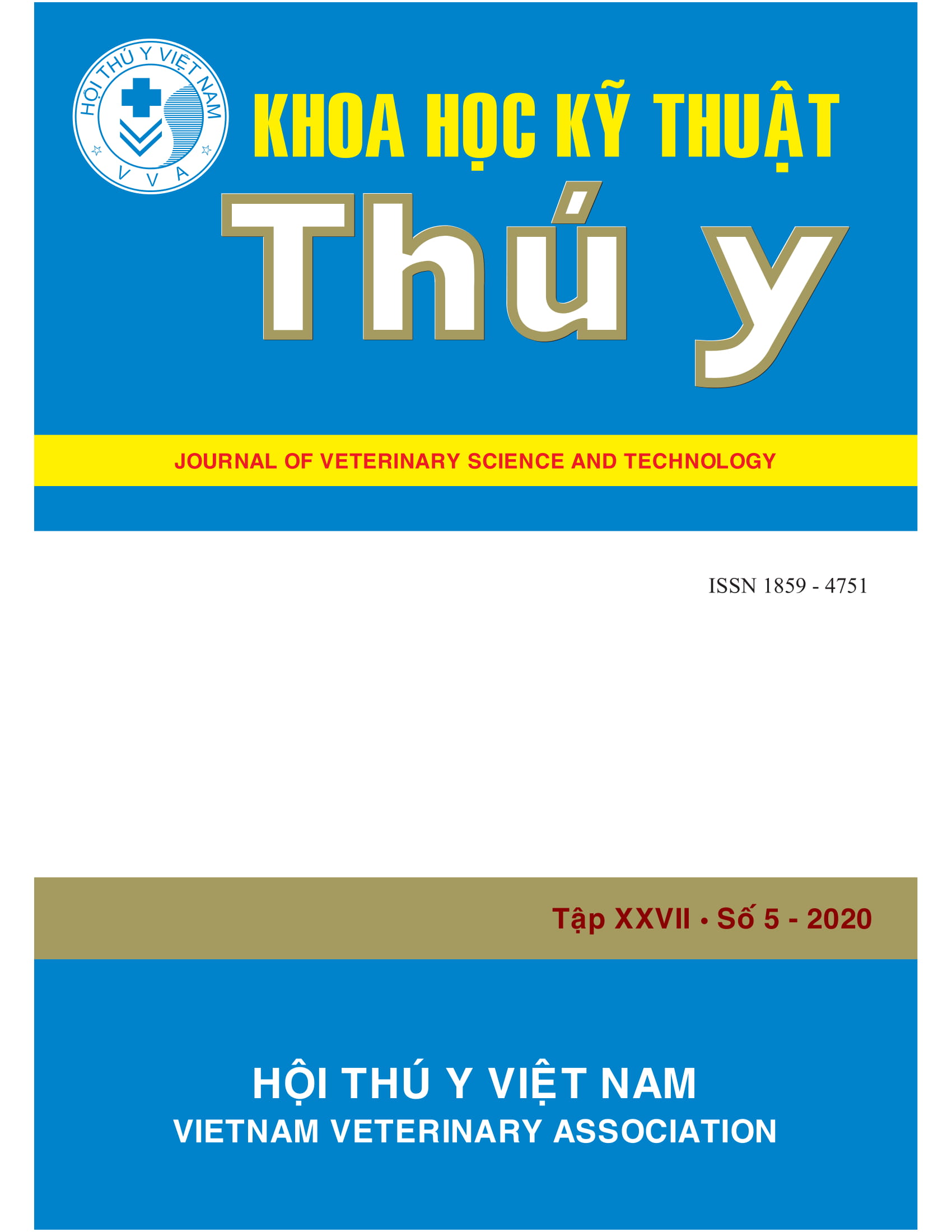Study on Campylobacter contamination in chicken carcasses at the slaughterhouse in Hai Phong
Abstract
Campylobacter is a bacteria that causes gastroenteritis popularly in the worldwide. Chicken meat is one of the main source containing Campylobacter, this is a risk factor to public health when consuming chiken meat. The objective of this study was to assess the contamination rate of chicken carcasses with Campylobacterat different stages of slaughter. A total of 800 carcass swab samples were taken on 200 chickens at 4 slaughter stages, including scalding, de-feathering, evisceration and final product.
Overall, the contamination rate of chicken carcass at slaughterhouse was 36.13%, but this rate was different at the slaughter stages. There were 2 main species of Campylobacter isolated: C. jejuni (69.55%) andC. coli(24.91%). The antibiotic resistance rate ofCampylobacterstrains was determined,
the highest resistant rate was with tetracycline (87.18%), followed by enrofloxacin (83.2%), amoxicillin (80.6%), tylosin (57.1%) and erythromycin (48.7%), the lowest resistant rate was with gentamycin (43.6%). The studied results also show that the evisceration stage in the slaughterhouse is likely
to contaminate Campylobacter in the chicken carcasses, this is a potential risk to public health when comsuming chicken meat. The isolated Campylobacter strains are capable to resist to erythromycin, while erythromycin is a specific antibiotic for human Campylobacter infection treatment

